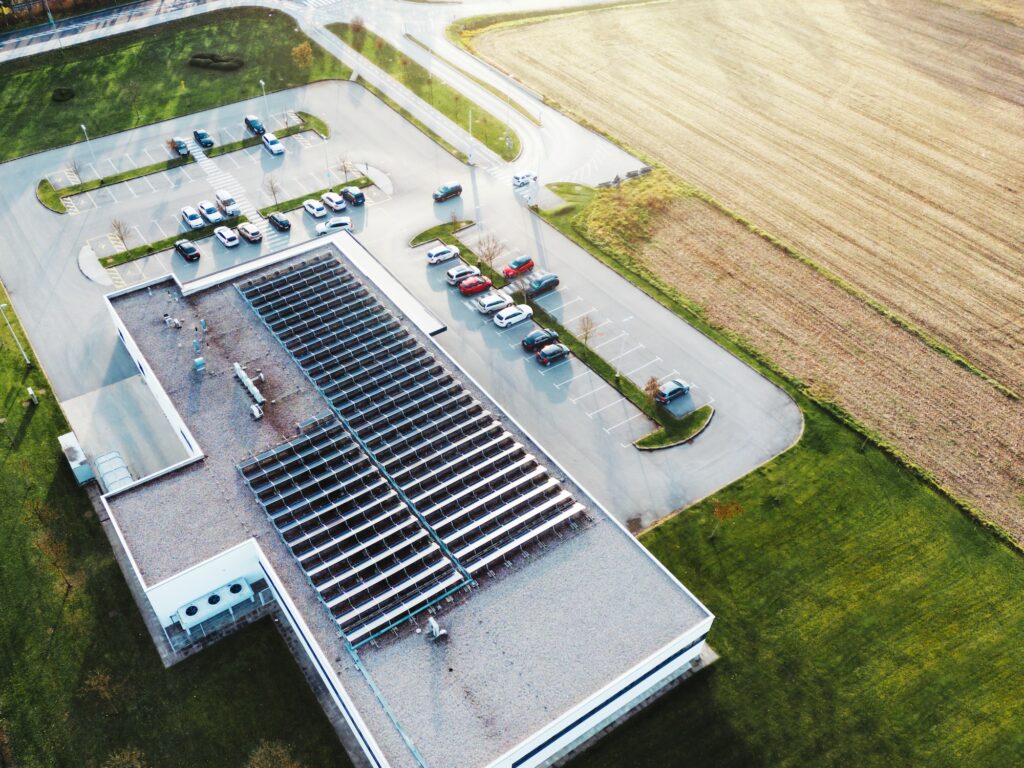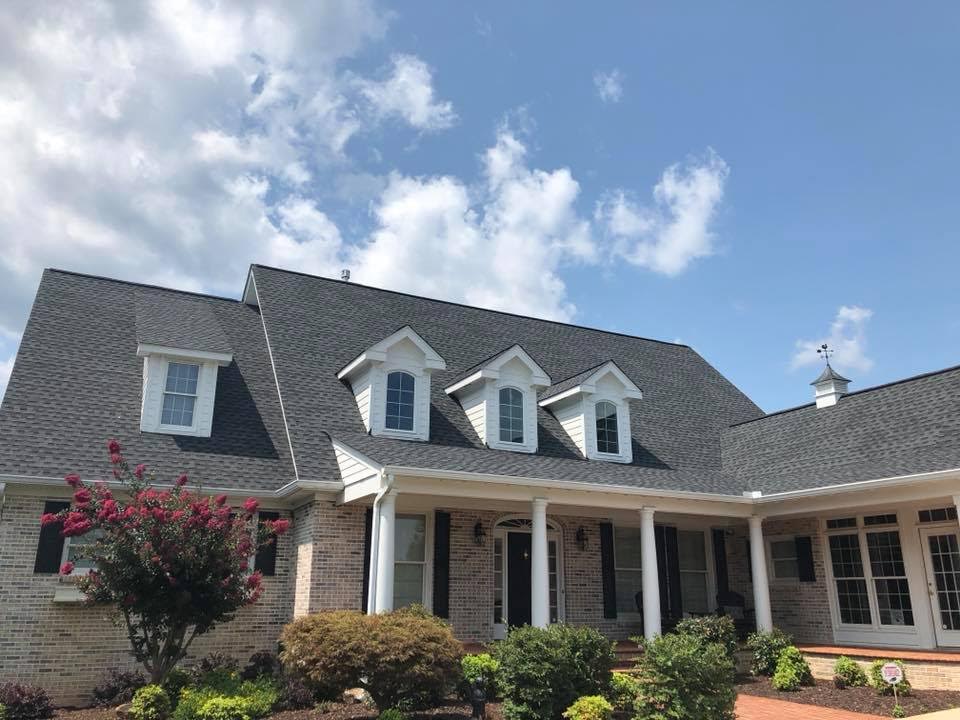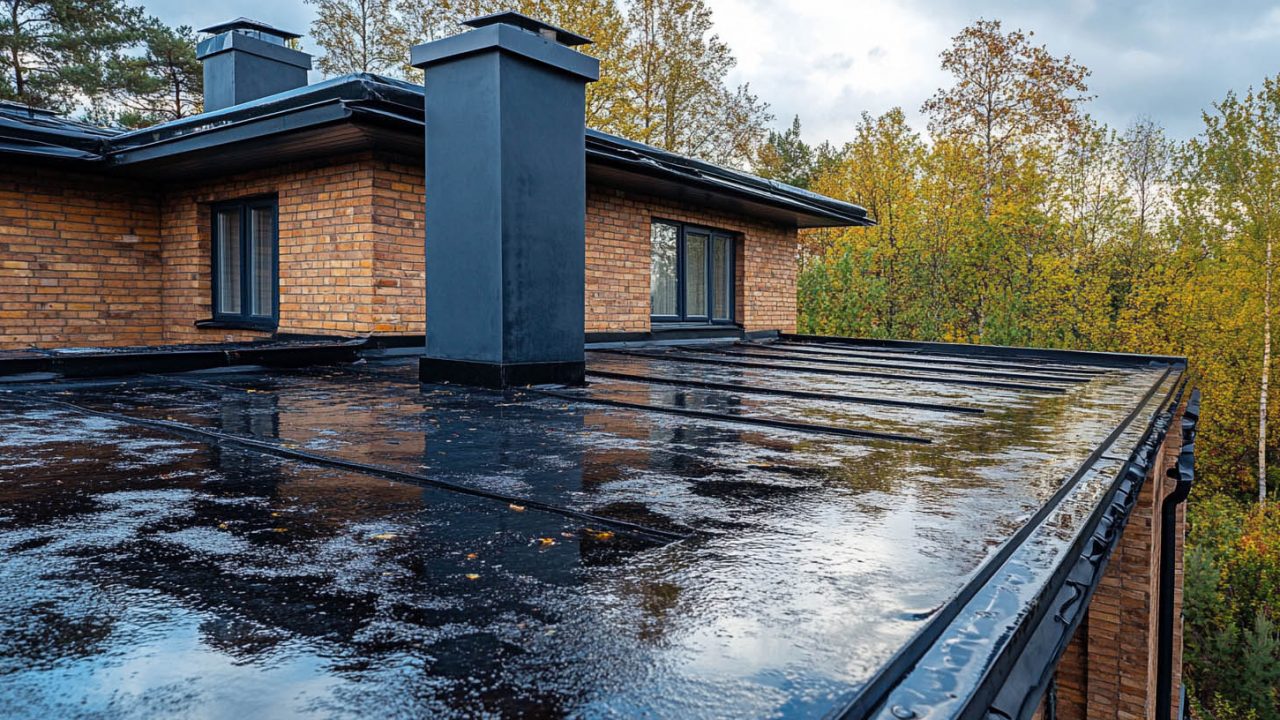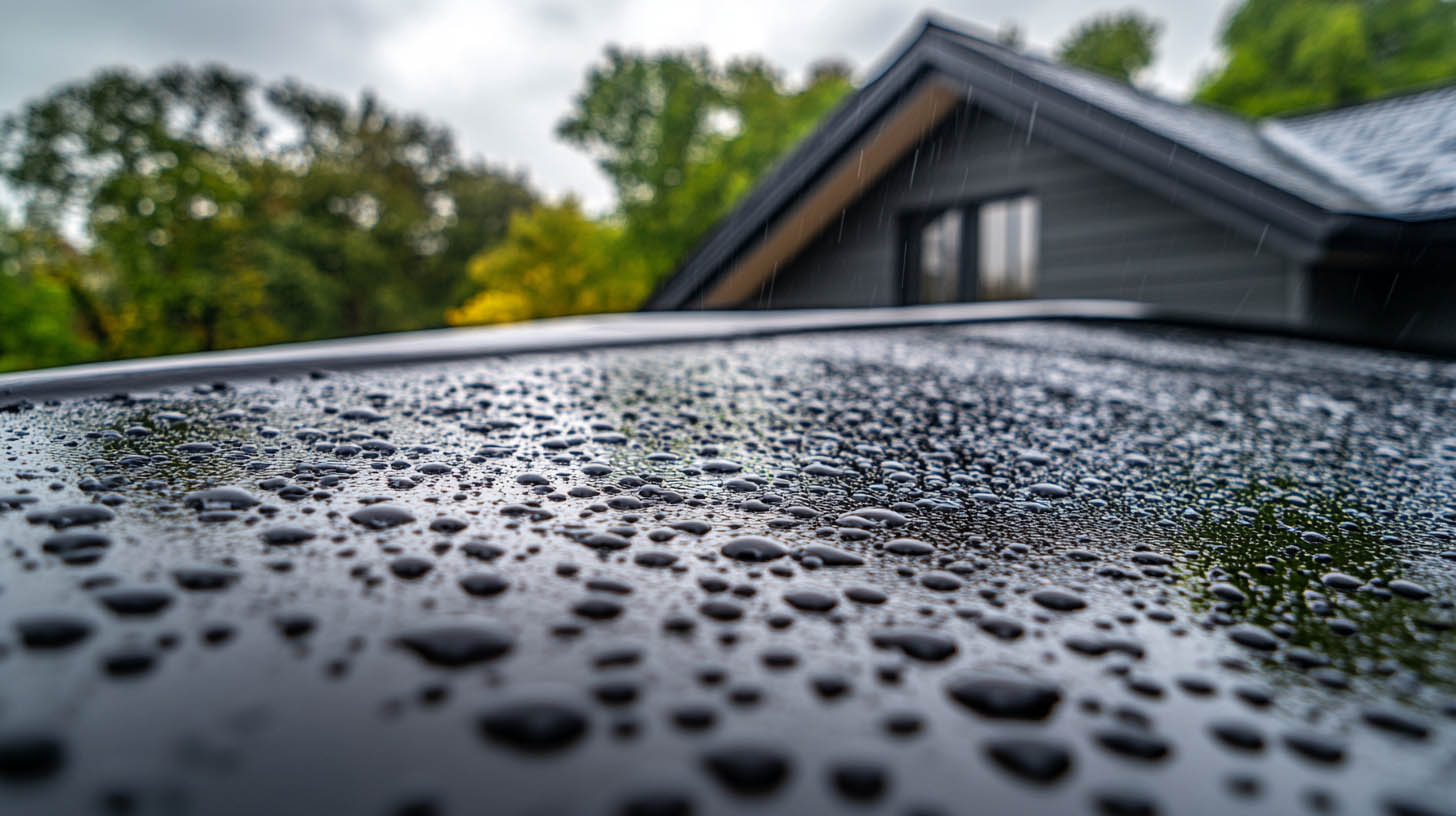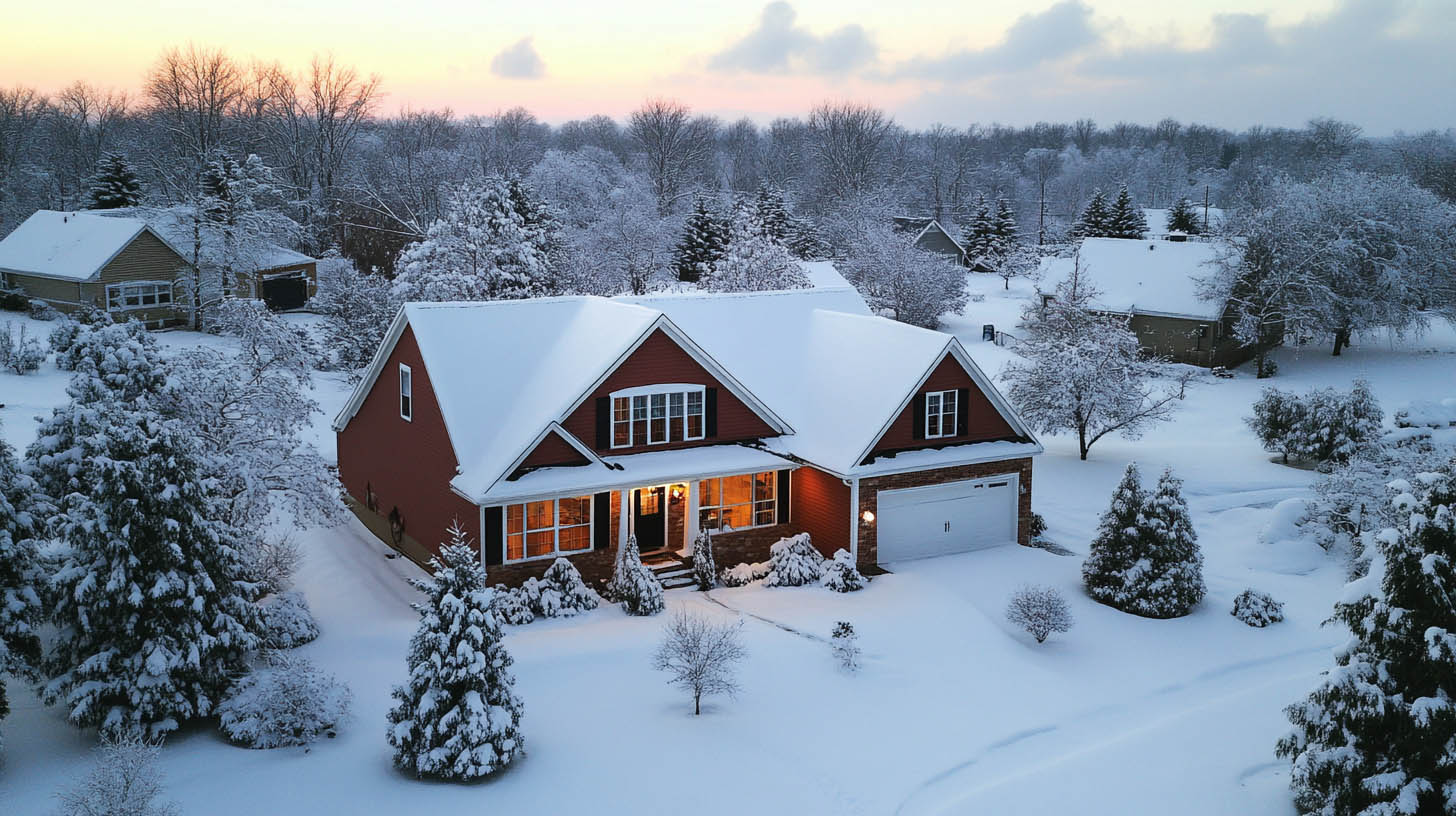United Contracting & Roofing LLC, located in Greenville, SC, provides expert services to address and prevent flat roof leaks in commercial properties.
Flat roofs are prone to leaks due to their minimal slope, which can lead to water pooling. Understanding the common causes of leaks can help in taking preventive measures.
- Damaged Roofing Materials
Flat roofs can be constructed from various materials, such as built-up roofing, modified bitumen, or single-ply membranes like EPDM, TPO, and PVC. Over time, these materials can experience wear and tear, resulting in issues like blistering, cracking, punctures, and tears. Regular inspections are essential to identify and address these problems early, thereby extending the roof’s lifespan and preventing potential leaks. Timely repairs are crucial to maintaining the integrity of the roofing materials and ensuring that any damage does not lead to more significant problems.
- Loose Collars or Flashing
Structural components, such as drains, HVAC units, and vent pipes, that penetrate the roofing membrane are common sources of leaks. To protect these penetrations, rain collars, field wraps, pipe boots, and flashing are installed to divert water away and prevent entry. However, these components can degrade or become loose over time. Regular inspections are necessary to check for signs of wear, damage, or improper sealing, which can lead to leaks if not addressed promptly. Ensuring these components are well-maintained helps in preventing water infiltration through vulnerable points.
- Installation Issues
Each roofing material requires specific installation techniques to ensure optimal performance. For instance, modified bitumen requires careful layering and sealing to prevent seams from separating, while EPDM and TPO membranes need precise handling to avoid air pockets and incomplete bonds. Choosing experienced and qualified professionals for installation is crucial to minimizing the risk of leaks. Ensuring proper installation techniques are followed can significantly reduce the likelihood of future roofing issues.
- Poor Drainage and Pooling
Standing water on a flat roof can lead to leaks and structural damage. Effective drainage systems, such as roof drains, scuppers, gutters, and downspouts, are critical to directing water away from the roof surface. Regular maintenance is required to keep these systems free from debris and functioning correctly. Without proper drainage, water can pool on the roof, increasing the risk of leaks and causing damage to roofing materials. Maintaining clear and functional drainage systems helps in preventing water accumulation and preserving the integrity of the roof.
- Degraded Materials
All roofing materials naturally degrade over time, even with regular maintenance. Built-up roofs typically last around 15-20 years, modified bitumen roofs can last between 10-20 years, and single-ply materials like EPDM, TPO, and PVC generally last up to 20-30 years. As materials age, they become more susceptible to damage and leakage. Regular inspections and proactive repairs can help address issues caused by degradation and extend the roof’s functional life. Being aware of the roof’s age and condition is essential for planning maintenance and replacement strategies to prevent leaks and other problems.
Conclusion
Understanding the common causes of flat roof leaks can help in taking preventive measures to protect your commercial property. Regular inspections, proper installation, and timely repairs are essential to maintaining a leak-free flat roof.If you want to know more about DaVinci Roofing Products: The Apex of Roofing Excellence, click here.

